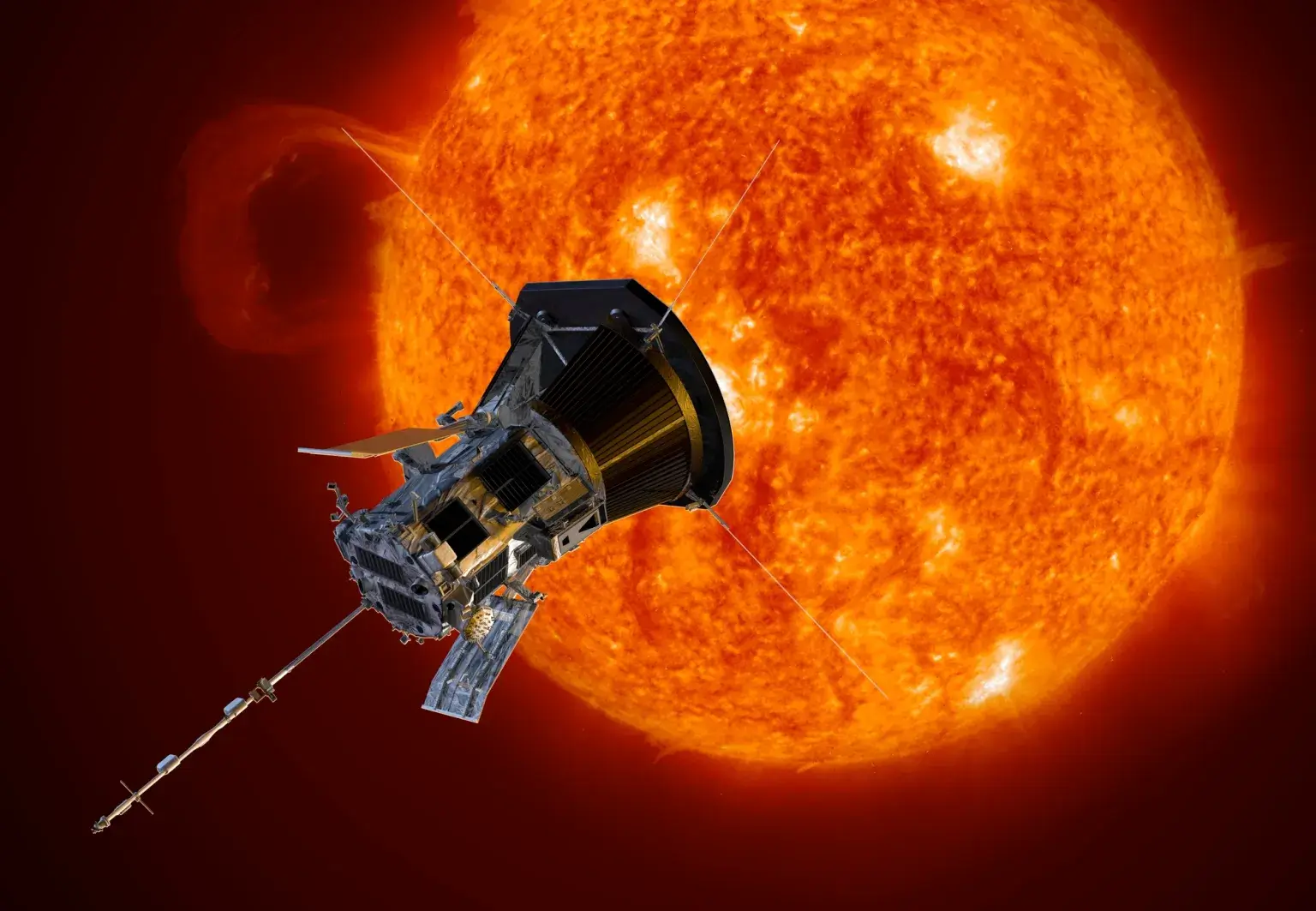Aerospace Corp & Google Public Sector: AI Space Weather Breakthrough

NASA's Parker Solar Probe will get as close as 6.1 million kilometers to the Sun, closer than any other spacecraft. Credit: NASA/Johns Hopkins APL/Steve Gribben.
Aerospace Corp. and Google Public Sector Unite to Revolutionize Space-Weather Forecasting with AI
The Growing Threat of Space Weather
Space weather—powered by solar flares, coronal mass ejections (CMEs), and geomagnetic storms—poses a silent but existential threat to modern civilization. From crippling satellite networks to triggering continent-wide blackouts, the sun’s unpredictable outbursts have the potential to disrupt life as we know it. Yet, forecasting these events remains a monumental challenge. Enter Aerospace Corp. and Google Public Sector, two industry giants joining forces to harness artificial intelligence (AI) and high-performance computing (HPC) to transform space-weather prediction. This collaboration promises not only to safeguard critical infrastructure but also to redefine humanity’s relationship with the cosmos.
Aerospace Corp. and Google Public Sector: A Strategic Alliance for National Security
In January 2024, The Aerospace Corp., a nonprofit leader in space innovation, announced a groundbreaking partnership with Google Public Sector, the government-focused arm of Google Cloud. The mission? To develop AI-driven models capable of predicting solar storms days in advance with unprecedented precision.
“This collaboration is a game-changer for space weather forecasting and a powerful example of how innovation and partnership can drive national security and societal impact,”
said Kevin Bell, Senior Vice President of Aerospace’s Engineering and Technology Group. The alliance underscores the growing role of private-sector tech in solving complex scientific challenges, particularly those tied to national security.
The Role of AI and High-Performance Computing in Space Weather
At the heart of this initiative lies Vertex AI, Google Cloud’s machine learning (ML) platform, paired with its cutting-edge HPC resources. Traditional forecasting methods rely on manual analysis of solar data—a slow, error-prone process. By contrast, AI can process millions of data points in seconds, identifying patterns invisible to the human eye.
Why AI and HPC Are Critical
- Speed: Solar storms travel at up to 8 million km/h, giving Earth just 24–48 hours to prepare. AI accelerates predictions from hours to minutes.
- Complexity: Solar activity involves chaotic magnetic fields, plasma dynamics, and particle radiation. ML models untangle these variables.
- Scalability: With satellites like NASA’s Solar Dynamics Observatory (SDO) generating 70,000 images daily, only HPC can handle the deluge.
Tackling the Data Deluge: From Solar Observations to Predictive Models
The collaboration leverages data from a constellation of sources:
- NASA’s Solar Dynamics Observatory: Captures high-resolution images of the sun’s atmosphere every 12 seconds.
- Parker Solar Probe: Flying within 6.1 million km of the sun, it measures magnetic fields and solar wind.
- Multi-Agency Datasets: NOAA, NSF, and ESA contribute ground/space-based observations.
“Without HPC, training time would be prohibitively long; it’s impossible to make progress,”
explained Alison Kremer, Aerospace’s data science lead. Google’s HPC infrastructure enables rapid model training, turning raw data into actionable forecasts.
The Future of Space Weather Forecasting: What’s Next?
This partnership is just the beginning. Future milestones include:
- Global Early-Warning Systems: Sharing forecasts with international partners like ESA and JAXA.
- Quantum Computing Integration: Solving complex solar physics equations in real time.
- Public Awareness Campaigns: Educating communities on space weather risks.
Conclusion: A New Dawn for Space Resilience
The Aerospace Corp. and Google Public Sector are lighting the way toward a future where humanity no longer fears the sun’s wrath. By marrying AI with space science, they’re not just predicting solar storms—they’re fortifying the backbone of modern life. As solar activity approaches its 2025 peak, this collaboration couldn’t be timelier.
Stay tuned as the stars align for a safer, smarter tomorrow.
About the Author
Michael
Administrator
Michael David is a visionary AI content creator and proud Cambridge University graduate, known for blending sharp storytelling with cutting-edge technology. His talent lies in crafting compelling, insight-driven narratives that resonate with global audiences.With expertise in tech writing, content strategy, and brand storytelling, Michael partners with forward-thinking companies to shape powerful digital identities. Always ahead of the curve, he delivers high-impact content that not only informs but inspires.



